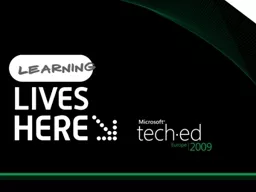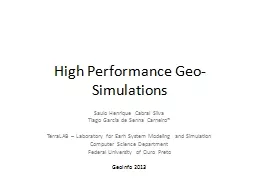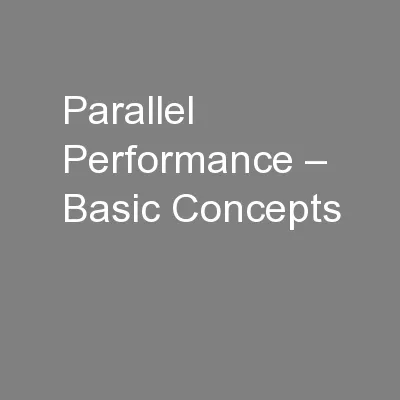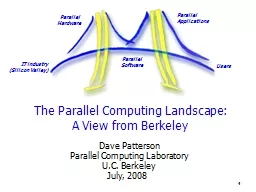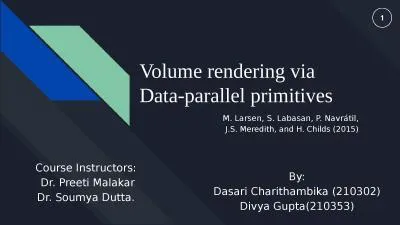PPT-Building High Performance Parallel
Author : briana-ranney | Published Date : 2016-05-25
Software Steve Teixeira Product Unit Manager Microsoft Corporation Session Code DEV401 My Assumptions About You You have some knowledge of parallel development
Presentation Embed Code
Download Presentation
Download Presentation The PPT/PDF document "Building High Performance Parallel" is the property of its rightful owner. Permission is granted to download and print the materials on this website for personal, non-commercial use only, and to display it on your personal computer provided you do not modify the materials and that you retain all copyright notices contained in the materials. By downloading content from our website, you accept the terms of this agreement.
Building High Performance Parallel: Transcript
Download Rules Of Document
"Building High Performance Parallel"The content belongs to its owner. You may download and print it for personal use, without modification, and keep all copyright notices. By downloading, you agree to these terms.
Related Documents

